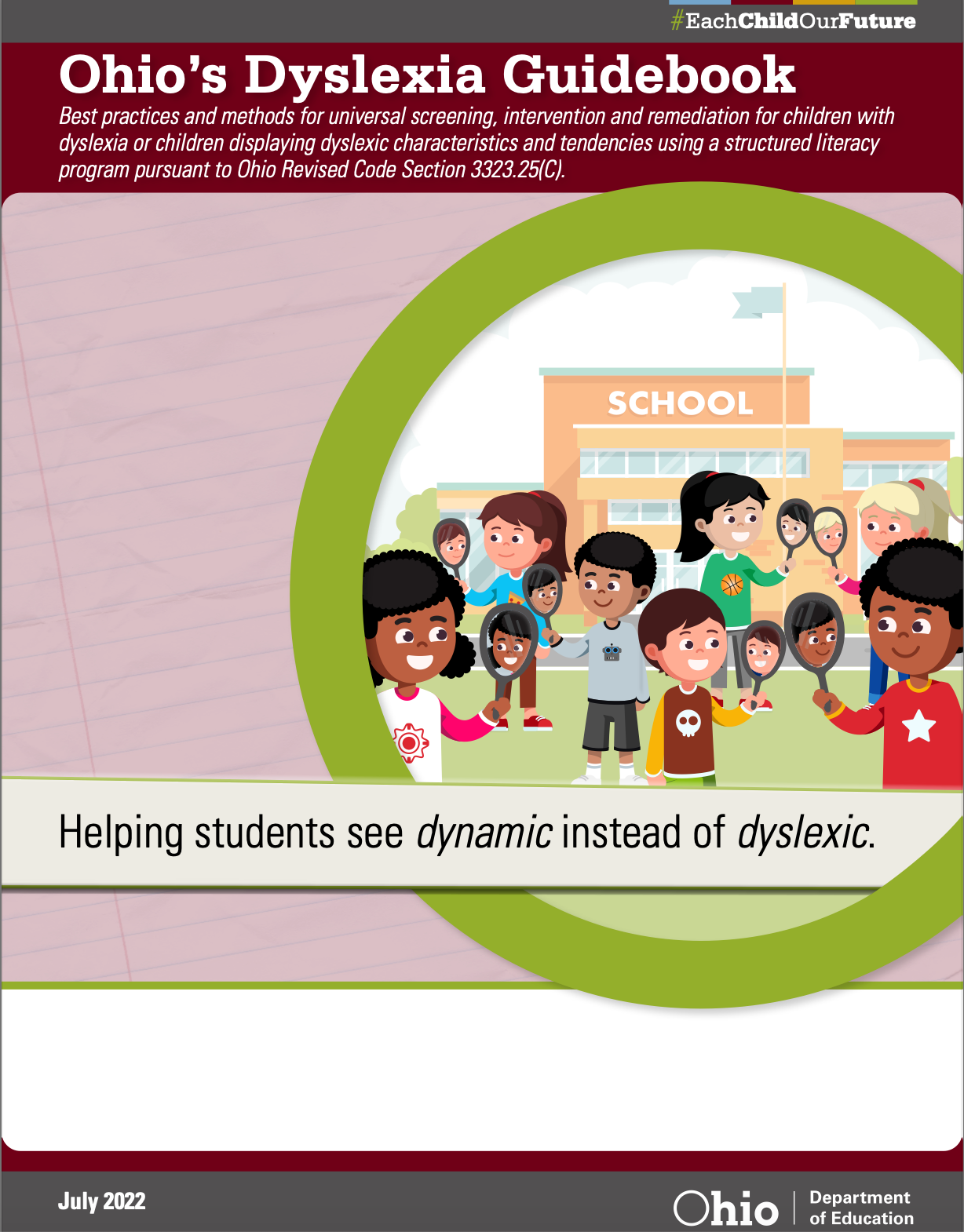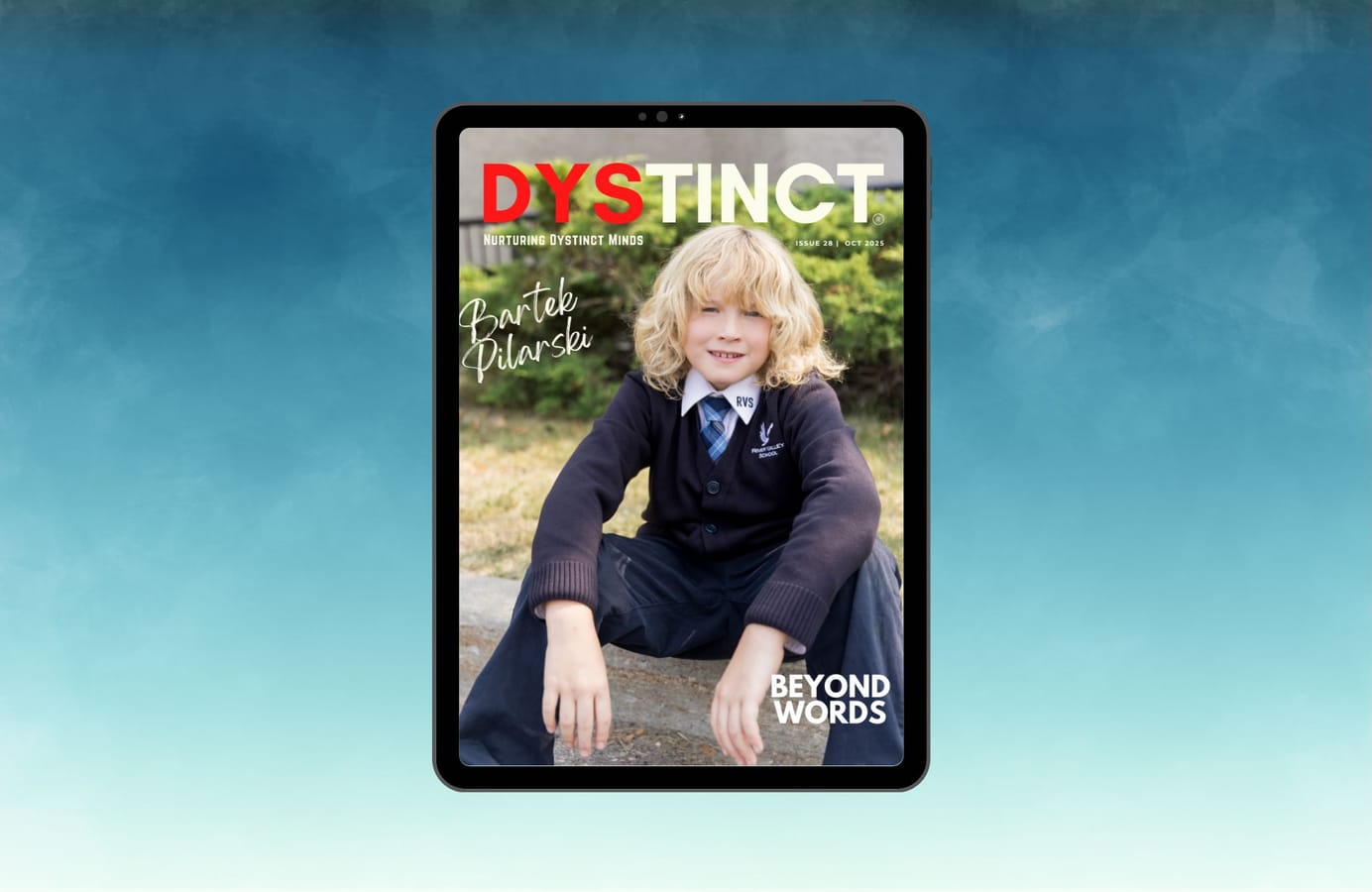
Issue 19: Changing Lives - How a father on a mission changed the Ohio Education System | Erica Kaufmann
Erica Kaufmann elaborates on the profound impact of "Connor's Odyssey: The Right to Read Law" and the Ohio Dyslexia Guidebook on Ohio's education system, detailing the dedicated efforts of father and advocate Mike McGovern in explaining the transformative change these initiatives have brought about.
The school bells rang, and kids filled the halls. It seemed like every other start to the school year in Ohio, but this fall, an important shift had begun. A shift that would have changed my dyslexic child's life if it had happened four years ago. For the first time ever, schools were required to screen all students from kindergarten through grade three for risk of dyslexia due to the passage of Connor's Odyssey: The Right to Read Law (Ohio House Bill 436). This legislation also provided districts with guidance for the screening process and instructional best practices with a formal "Ohio Dyslexia Guidebook". For many Ohio schools, this has been the first of several major shifts they will be undertaking within their school districts to align with the Science of Reading.
For decades, Ohio has been a hotbed for balanced literacy and whole language instruction that does not align with the science of reading. Several widely used companies that produced literary curriculums that were rooted in this type of instruction were born in Ohio. These companies spread their way across the state after their birth, infiltrating teacher college preparatory programs and classrooms like an educational wildfire.

While this educational flame had been spreading, families across the state of Ohio were battling school districts to get support and appropriate services for their children with dyslexia. The science of reading resources were out there but not made accessible to all educators, only those that sought them out. Out of the blood, sweat, and tears of these families advocating for their children with dyslexia, the Ohio Dyslexia Guidebook and Connor's Odyssey: The Right to Read Law (Ohio House Bill 436) were born.

It has been roughly a seven-year journey to get the Ohio Dyslexia Guidebook, also referred to as the Guidebook, from workgroup planning stages into law. This school year, it has finally reached the classroom. The Guidebook is rooted in evidence-based instruction that aligns with the science of reading.
It all started with a father on a mission, Ohio resident Mike McGovern. McGovern's son was diagnosed with dyslexia while in the sixth grade. At the time, McGovern did not know anything about dyslexia, or the education world for that matter; he worked in the business industry as a software engineer.
While advocating for his son's education, McGovern learned that his son could have been screened for dyslexia back when he was in kindergarten. McGovern's son could have avoided years of anxiety and depression induced by dyslexia. After discovering this, McGovern was on a mission to change the educational system.
This journey was not a simple one. It took years of thoughtful planning and research. McGovern did not want this to be something that was implemented quickly and then doomed for failure. McGovern used his background in business to spearhead the legislative change, ensuring the educational transformation was done strategically and intentionally with the children's best interests in mind. McGovern formed a work group that supported his vision coming to life. The law became known as Connor's Odyssey: The Right to Read Law after McGovern's son. The individuals in McGovern's work group came up with the name as a surprise for McGovern and his dedication.
This post is for paying subscribers only
SubscribeAlready have an account? Log in



